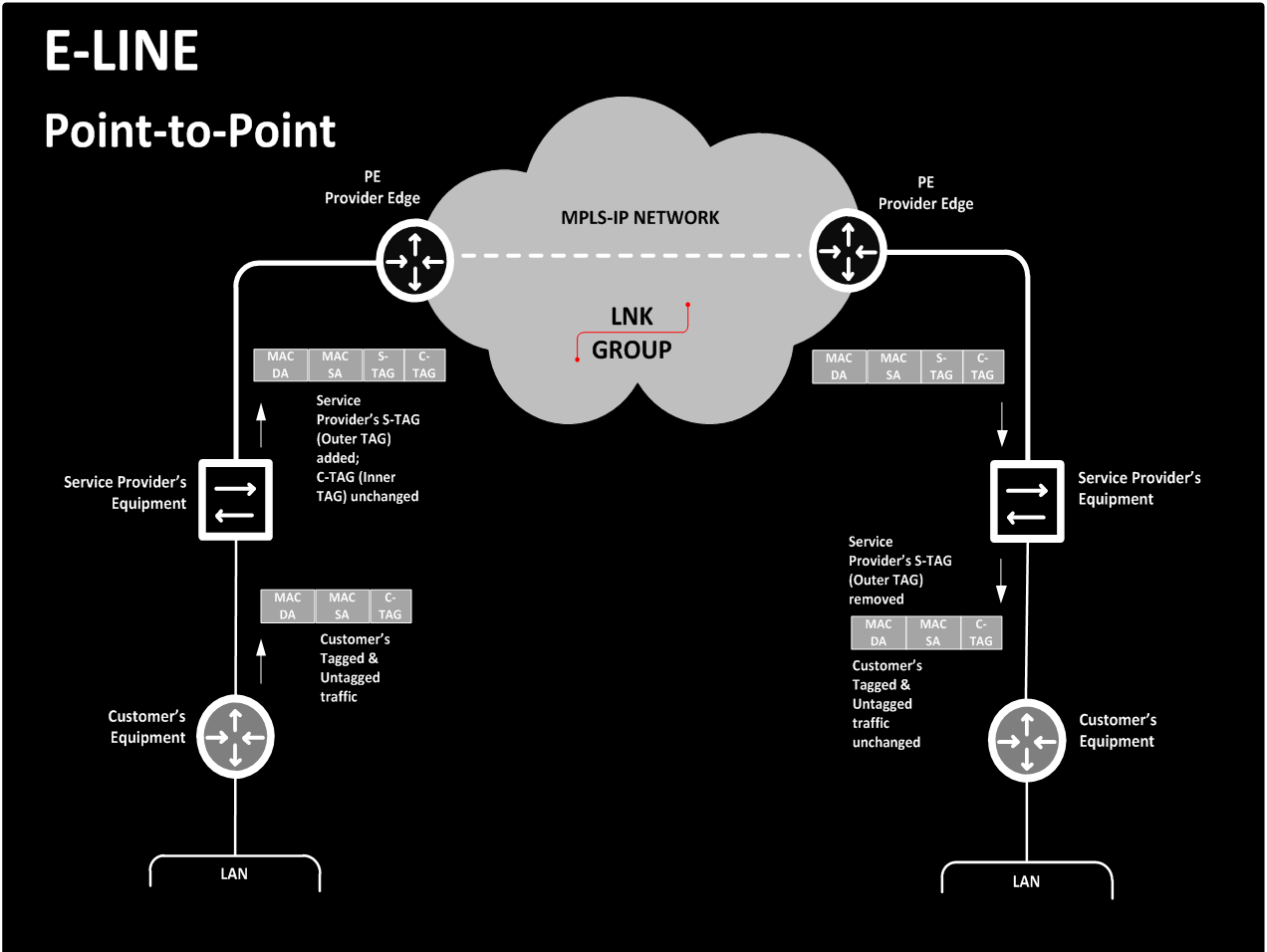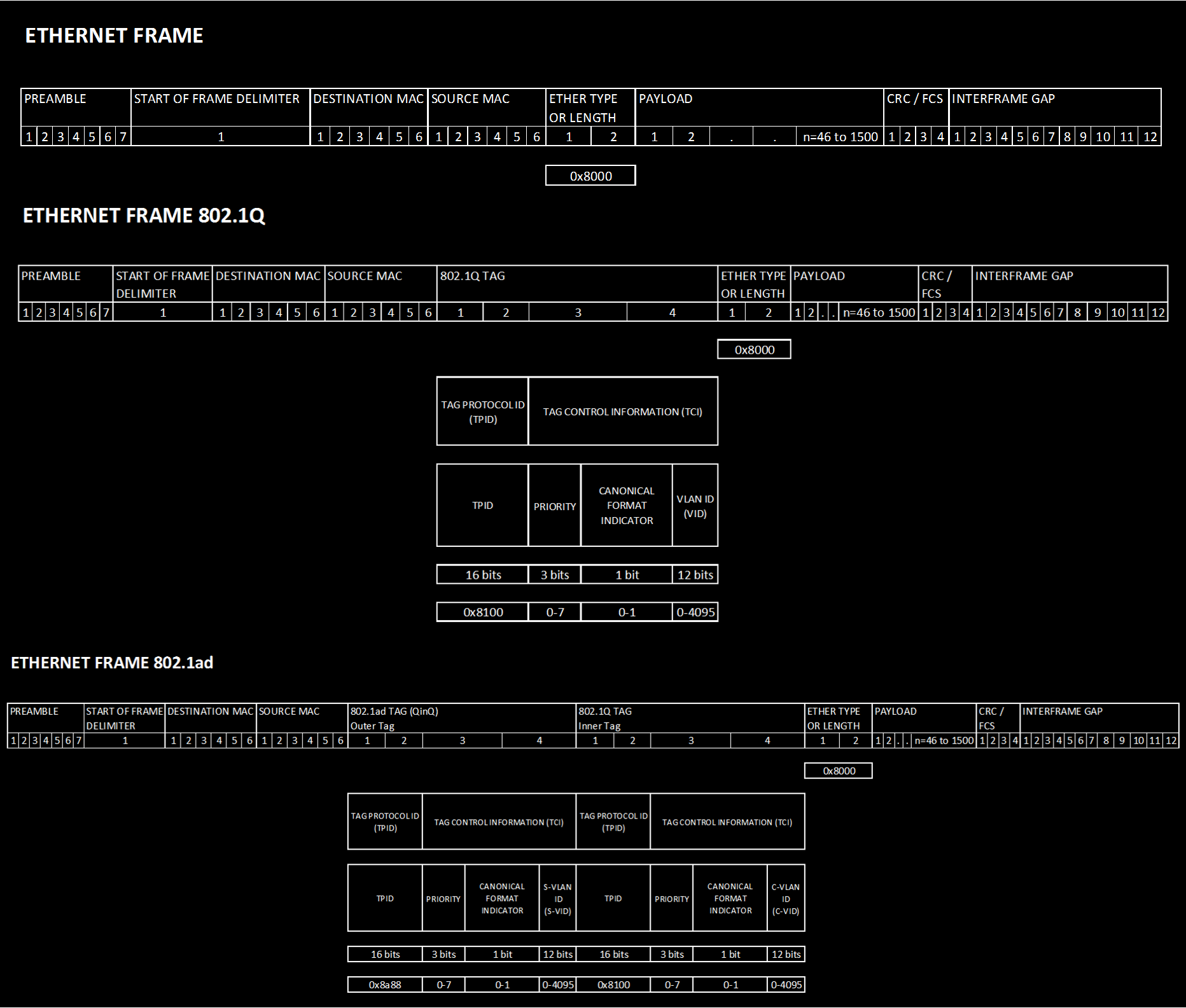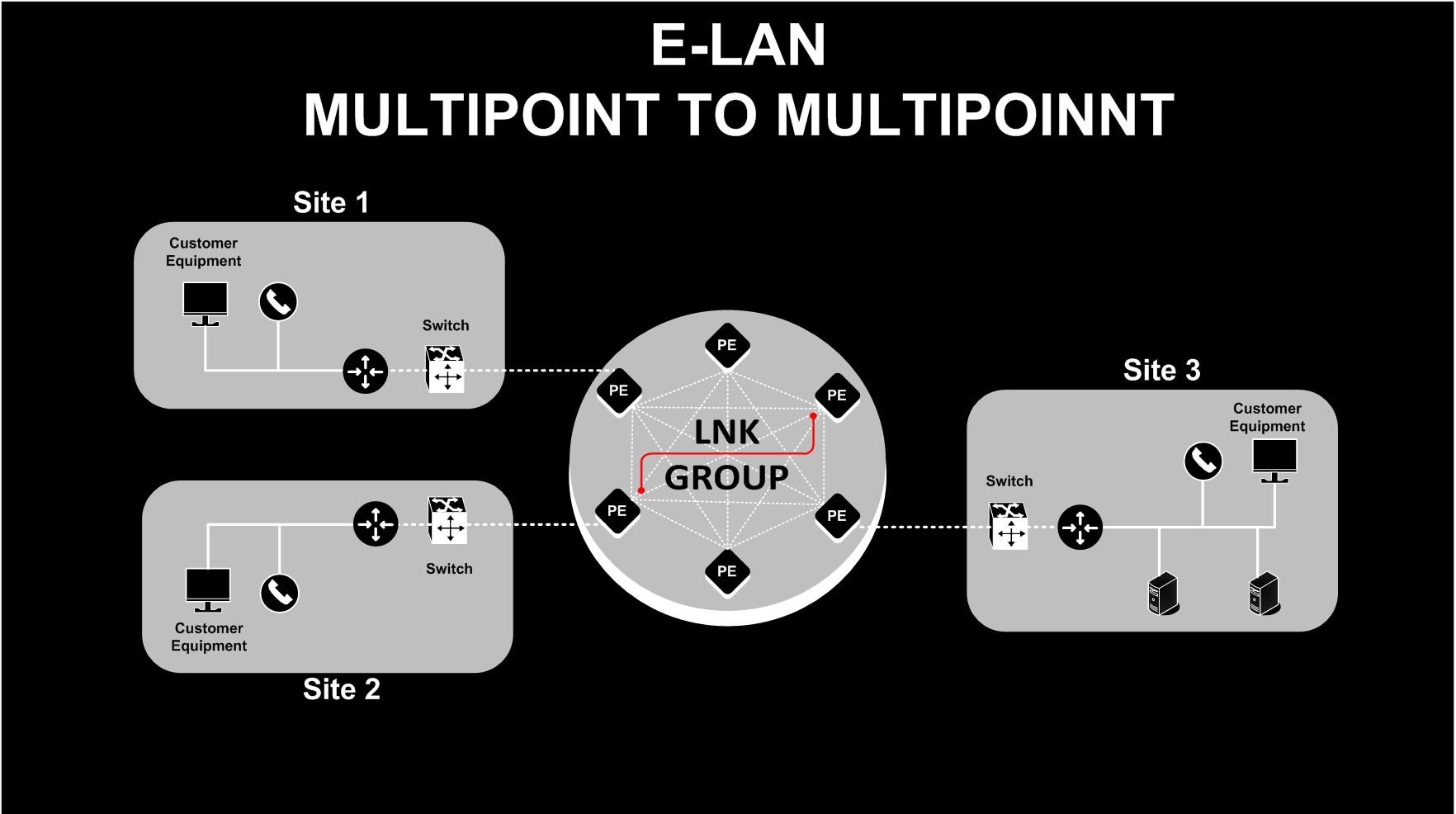



Goodbye Metro Leased Wavelength Service, Hello DCI
The global Data Center Interconnect (DCI) market size reached $3.1 billion for the period between 4Q15-3Q16, making it one of the leading high-growth segments of the optical networking business, according to the research firm Ovum.
Traditionally, enterprise customers leased metro wavelength services from the telecom carriers or service providers to interconnect the data centers. However, enterprises have now started to reevaluate this strategy and are exploring the option of leasing dark fiber and building their own high capacity, fault-tolerant networks - a move that is expected to yield significant savings on the monthly recurring charges and reduce the overall telecom spend on the services used to interconnect the data centers.
Our experience with a variety of customers suggests that to understand which model provides the greatest ROI, this option of building one's own metro DCI networks should be researched and compared with the traditional model of leasing the services from the carriers. Each situation is different, but self-managed metro DCI networks provide significant benefits in many cases: they are cost-effective, provide higher capacity, faster speed to turn up additional services, and enhanced security.
A self-managed metro DCI network strategy becomes compelling if an enterprise customer's bandwidth needs are increasing at a fast pace. For example, if the bandwidth is doubling every 24 - 36 months and the customer needs to provision extra bandwidth rapidly without having to wait weeks or months for the service provider to install the new circuit. The breakeven period for such an investment could be as little as one year or less and generate tremendous savings on a multi-year basis.
One may wonder, how could this be? How is it different from procuring metro dark fiber, purchasing carrier DWDM optical gear and self-managing the network? Also, isn't this an option that has been available for years and is extraordinarily expensive thus driving the customers to the metro leased wavelength services in the first place? The answer to these questions lie in the pricing of the metro dark fiber and the cost of new networking gear. One no longer needs carrier grade optical networking equipment built for a Central Office environment requiring NEBS, ETSI compliance, integration & compatibility with legacy systems, as well as the ability to support multiple different services, aggregating them and switching wavelengths. Metro dark fiber can now be leased cost effectively due to the surge in metro fiber deployments with very high (432 or 864) fiber count cables.
The tremendous increase in the inter data center traffic and the unique demands posed by the operators have prompted the optical hardware vendors to rethink the problem from a data center operations model perspective. This requires small hardware footprint, very low power consumption, and simplicity of deployment and usage. The culmination of this exercise has resulted in the birth of the metro DCI.
Metro DCI Hardware - Key Features
The key features of metro DCI platform are the following:
- - Hyper-density (400Gbps or more in a 1-RU chassis)
- - Flexible client interfaces (10/40/100 GE)
- - Low power consumption (< 1 Watt / Gbps)
- - Up to 80 km without any intermediate line amplifiers
- - Rapid bandwidth and low latency
- - Security integration (Layer-1 encryption)
- - Easy management (multiple API support)
- - Simple deployment
Applications
The applications driving the metro DCI deployments are disaster recovery, data backup, data migrations, business continuity, and cloud connectivity.

Components
The components required for a successful self-managed metro DCI network deployment and maintenance are the following:
- Metro dark fiber
- Metro DCI hardware
- Network monitoring
Metro Dark Fiber
Metro dark fiber is single-mode fiber connecting the facilities and can be leased from various telecom service providers and is a standard offering in the portfolio of several vendors. It is leased in a linear (point-to-point) configuration or a ring configuration. If fault-tolerance is required, two diverse fiber paths must be ordered (in a ring configuration) from the service provider. An in-depth analysis of the primary and backup paths needs to be conducted to understand the extent of diversity in the fiber infrastructure between the two locations. Items such as building point of entries (POEs), fiber risers within a building and Meet-Me-Room terminations must be studied.
Metro DCI Hardware
Metro DCI hardware is available from several vendors, including the following (listed in alphabetical order): Adva, Ciena, Cisco, Coriant, Infinera, Nokia. The process of selecting a vendor is simplified through the identification of the business requirements and must-have feature sets.
Network Monitoring
Network monitoring of the metro DCI hardware can be easily managed in-house with an SNMP manager such as Solarwinds, as the hardware consists of fairly rudimentary devices with very few knobs and dials to tweak. However, if network monitoring of these devices is not something for which the customer wants to take responsibility, several metro DCI hardware vendors provide network monitoring as an optional service. In addition, they can engage with the dark fiber providers on the customer's behalf (upon issuance of a letter of authorization) to resolve any physical fiber plant issues such as fiber cuts or maintenance.
Fault Tolerance
For optimal performance, fault-tolerant solutions are required. Traffic can be switched from the primary path to the secondary path upon a negative event such as a fiber-cut on the primary path. Several metro DCI hardware vendors provide optical protection switching as an option, with switching times of less than 50 milliseconds. However, if a customer wishes to treat the metro DCI gear as very long fiber patch cords connecting its facilities and does not wish optical protection switching at layer-1, the customer can use convergence at a higher networking layer. The main issue is that the convergence time for routing protocols such as OSPF and EIGRP is relatively long, on the order of seconds. Most of this time is devoted to detecting the failure as the device waits for the missing hello messages and counts down before dropping the neighbor adjacency. The timers on these protocols can be tuned down; however, this is not the best approach. Bidirectional Fault Detection (BFD) solves this issue by detecting the failure and declaring unreachability in milliseconds, thus allowing convergence to take place rapidly at a higher layer.
Conclusion
Self-managed metro DCI network can be an effective tool in an enterprise customer's data center connectivity strategy. It has the potential to yield significant savings versus leasing metro wavelength services from carriers and is an option that is worthwhile to explore.
LNKGROUP LLC can help with the procurement of metro dark fiber, fiber diversity study, selection of metro DCI hardware and network management. Feel free to contact Raj Lincoln at 212-500-1329 or rlincoln@http://www.lnkgroup-net.com